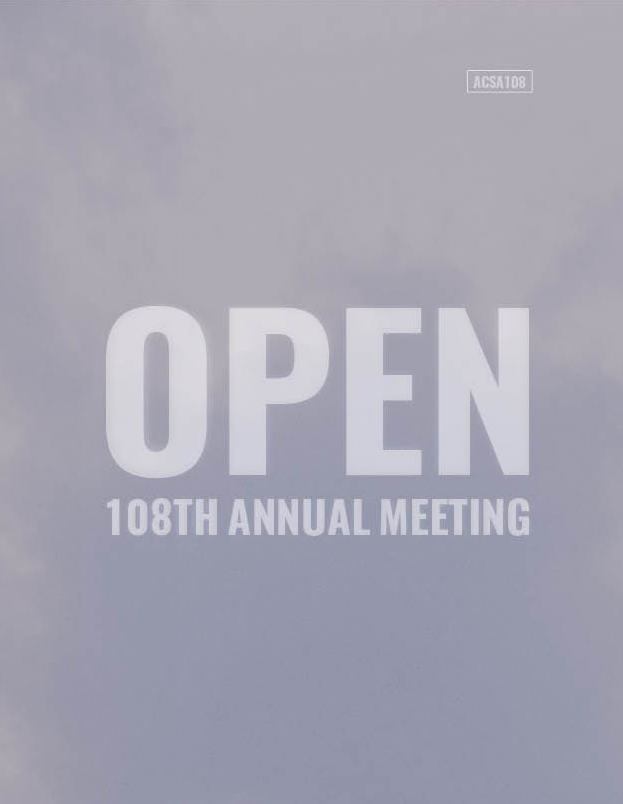Author(s): Leslie Lok
The perception of the rural has shifted and has been incarnated with various narratives and policies of urbanization since the founding of the People’s Republic of China. Although the mostintense periods of rapid urbanization have been mainly driven by the incessant development of cities and megacities, the countryside has played a central role in the country’s urbanization process through in situ transformations of towns and villages as integral parts of urban economics, the industrialization of the countryside, and the steady conurbation of rural towns and urban centers1. Reaching 58.52%2 of urban population in 2017 and with the goal of continuing to urbanize its population to 75% by 2025, the growth of rural villages and townships emerged as the predominant context for urbanization under the 2005 New Socialist Countryside policies. The rural context, and in particular, the ambiguous zones of rural-urban, have shifted to the focal point of urbanization. More recently in 2014, China’s National New Townization Plan directs the focus to develop small cities, towns, and villages. The process of townization engages a wide range of territorial landscapes that are neither distinctly urban nor distinctly rural. With much at stake in the transformation of the rural- urban context, there lacks a clear spatial characterization and definition which defines the multivalent landscape. First by outlining the changing narratives and policy phases of rural development, the paper aims to identify limitations in the current administrative and binary classification of the urbancities and rural villages. By further analyzing five case study cities, the paper attempts to reveal emerged and collaged architectural and growth patterns of the rural-urban context, to provide methods of mapping the transformation of their spatial structure at the territorial scale, and lastly, to argue for the importance of the rural-urban as a valuable condition for designing better urbanization models.
Volume Editors
ISBN
978-1-944214-26-5

 Study Architecture
Study Architecture  ProPEL
ProPEL 
